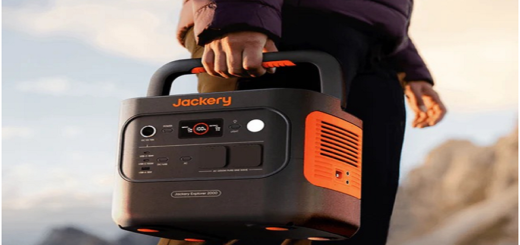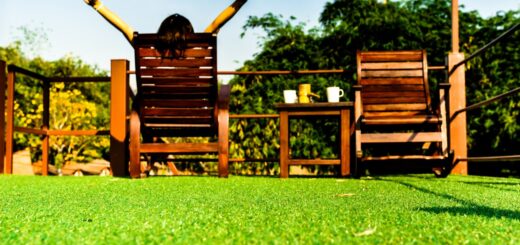Key Differences Between Growing Marijuana Indoors and Outdoors
Many will say that the best results are achieved outdoors, but outdoor cultivation requires an accessible and well-hidden place that is exposed to the sun for at least 8 hours or more. With optimal outdoor cultivation, marijuana (C. Sativa or C. Indica) can grow to the size of a small tree according to Cannabis grow license canada.
Outdoor cultivation requires more than 8 hours of sunlight. Plant in the spring, harvest in the fall.
Marijuana grows very quickly in a short period of time and needs a lot of light for “buds” or flowers to develop.
Most enthusiasts who want to make the first “grow” think about indoor cultivation by the window, that is, they want to grow marijuana as a houseplant. If you want results from your “grow”, growing by the window is certainly not a good idea due to the lack of light, which is the most important prerequisite for proper cultivation. In the first months of growth, the plant can survive, but until it reaches the flowering stage as a result of lack of light, it can shed a maximum of 10% of potential flowers (buds).
Indoor cultivation requires lighting or special lamps for growing marijuana.
Indoor growers mimic the natural cycle (day / night) through the period of plant growth to achieve conditions similar to those outdoors, of course depending on the type of marijuana some types of automatics are grown under lamps for up to 20 hours a day. There are several types of artificial light sources that you can use for your “grow”. When we talk about multiple artificial sources we mean different lighting designs for cultivation. As one of the types we can mention CFL bulbs that are recognized in our country as energy saving bulbs that we use in households and more professional bulbs for growing marijuana such as LED and HPS bulbs. The options are limitless, even if you are on a minimum budget or do not have enough space to grow you can always improvise and adapt and your breeding will surely be successful.
When choosing the amount of Watt that your lighting produces, it can be of most use to you as a means of orientation when buying a lamp. For one plant in a space of half a square meter, suppose it is automatic, a lamp of 150W is enough, but if you have the means, we recommend that you use at least 300W per square meter.
Lumen
A unit of measurement that indicates the availability of light from a source. One lumen is approximately equal to the lumens contained in one smaller candle, ie one 100W bulb produces about 1800 lumens.
Lux
Light intensity or light scattering on the surface. Lumen / m2
Plants need 25000-50000 Lux to maintain normal growth and development. If you expose plants to an intensity greater than 90,000 lux, solarization or anomalies in photosynthesis occur.
Find us on Tupalo and ProfileCanada.












